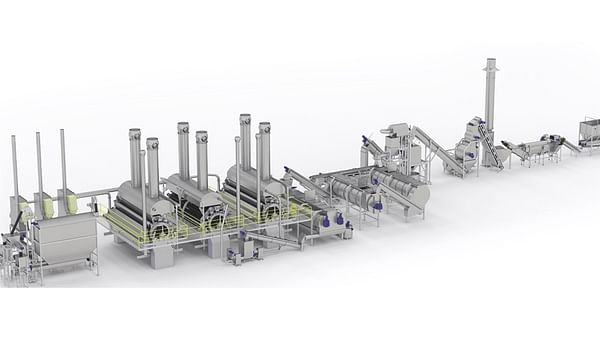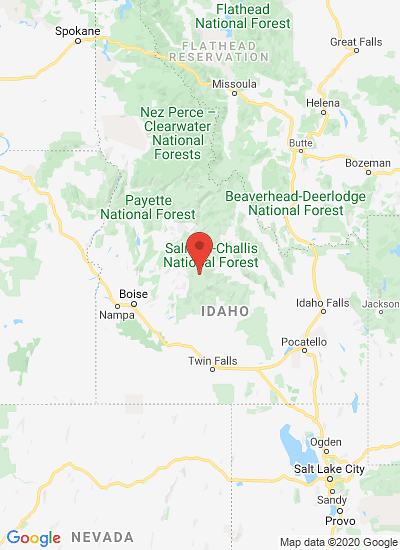Late blight (Phytophthora Infestans) lesions on a potato leaf (Courtesy: Jeff Miller, Miller Research LLC)
Idaho late blight outbreak is the worst since 1998

High humidity and continued afternoon thunderstorms have enabled late blight to proliferate in potato fields across a swath of southeast Idaho encompassing eight counties, according to potato researcher Jeff Miller.
Miller, with Rupert-based Miller Research, is now advising growers in Minidoka, Power, Bonneville, Bingham, Cassia, Madison, Fremont and Jefferson counties to spray fungicides weekly — or every five days if storms roll in and threaten to further spread the spore load.
Typically, Idaho’s hot and dry conditions keep late blight in check.
Miller has encouraged one grower with severe infection to kill vines early to limit the spore load. In most cases, however, he’s found light infections of the devastating fungal disease are scattered throughout fields and haven’t spread in clusters, thanks to rigorous fungicide programs.
But the even distribution of lesions — brown patches often surrounded by light-green halos — has prevented growers from controlling the spread by killing vines in isolated areas.
“As of now, it doesn’t look like the blight is to the point of devastation, but you can find lesions almost anywhere you go in fields,” Miller said, adding it’s become the worst Idaho late blight outbreak he’s witnessed since 1998.
Miller, with Rupert-based Miller Research, is now advising growers in Minidoka, Power, Bonneville, Bingham, Cassia, Madison, Fremont and Jefferson counties to spray fungicides weekly — or every five days if storms roll in and threaten to further spread the spore load.
Typically, Idaho’s hot and dry conditions keep late blight in check.
Miller has encouraged one grower with severe infection to kill vines early to limit the spore load. In most cases, however, he’s found light infections of the devastating fungal disease are scattered throughout fields and haven’t spread in clusters, thanks to rigorous fungicide programs.
But the even distribution of lesions — brown patches often surrounded by light-green halos — has prevented growers from controlling the spread by killing vines in isolated areas.
“As of now, it doesn’t look like the blight is to the point of devastation, but you can find lesions almost anywhere you go in fields,” Miller said, adding it’s become the worst Idaho late blight outbreak he’s witnessed since 1998.
Like to receive news like this by email? Join and Subscribe!
NEW! Join Our BlueSky Channel for regular updates!
Sponsored Content
Sponsored Content
Sponsored Content
Sponsored Content
Sponsored Content








